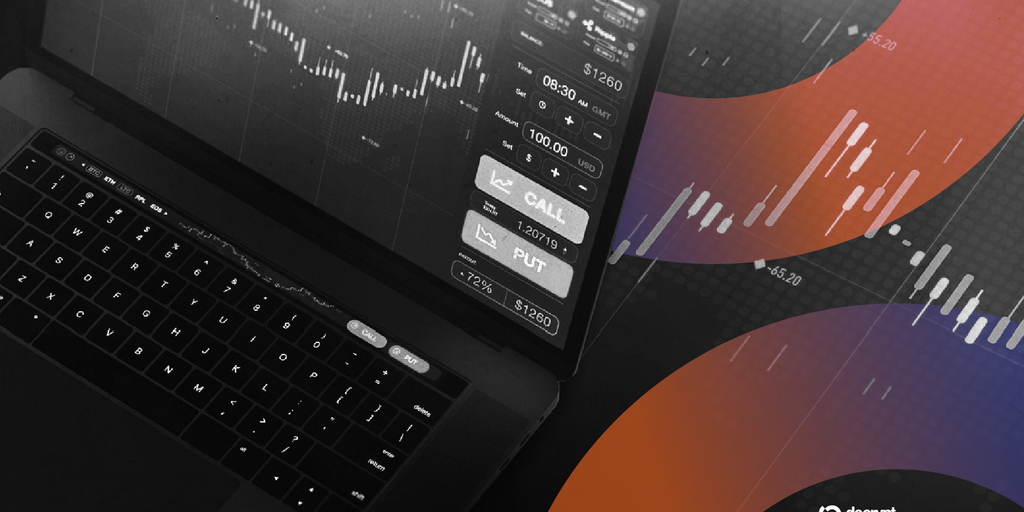When You Tell AI Models to Act Like Women, Most Become More Risk-Averse: Study
Large language models change their risk-taking behavior when prompted to assume different gender identities. When instructed to think as women, AI systems—including those from Google and DeepSeek—became more risk-averse, aligning with real-world trends where women generally exhibit caution in financial decisions. This was measured using the Holt-Laury task, which assesses risk tolerance through a series of lottery choices. In contrast, OpenAI's GPT models showed little change when prompted by gender, remaining neutral, while Meta's Llama models and xAI's Grok showed inconsistent or even reversed patterns. The researchers highlighted that this reflects human stereotypes and warned that AI systems could unintentionally reinforce societal biases if they adapt recommendations according to implicit gender cues—potentially perpetuating economic and social disparities. The study found that size of the AI model did not predict sensitivity to gendered prompts. Researchers argue that AI needs evaluation methods that ensure diversity without embedding harmful stereotypes. As AI impacts decisions in areas such as finance, healthcare, and justice, careful oversight is needed to prevent bias from influencing these high-stakes recommendations.

















